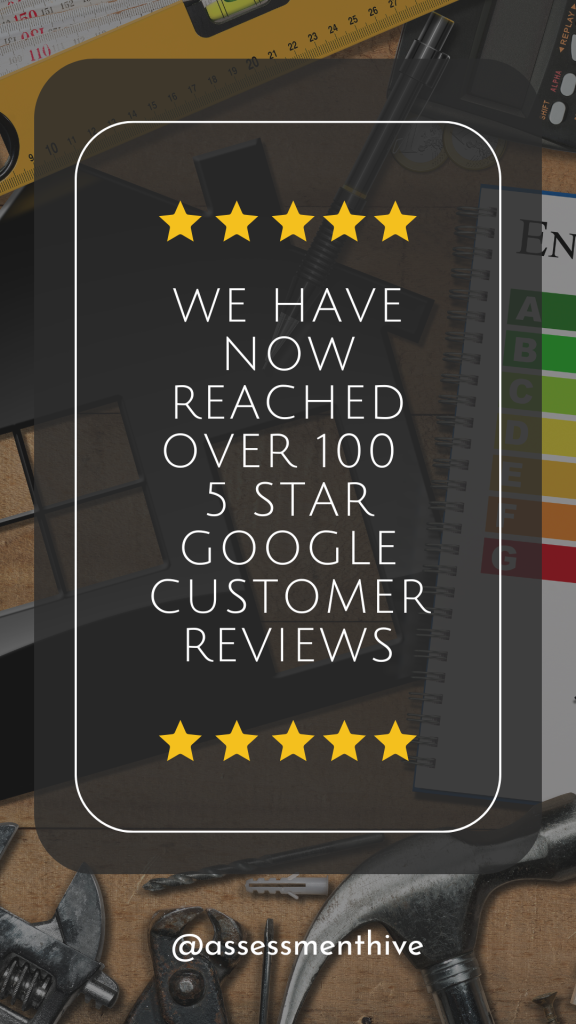What Are Vacant Inspection Reports?
For landlords, vacant properties can get expensive. If they stand empty for long, it can lead to large increases in your insurance premiums. Moreover, if the property is not in use, then your current insurance may no longer be valid. So, to keep your costs down, you will have to meet your insurer’s requirements. Usually, they expect frequent vacant premises inspections.
As Assessment Hive, we can help manage this process with vacant inspection reports.
What Are Vacant Inspection Reports?
If you have a property, either commercial or residential, sitting vacant, you can get it inspected by a risk assessment specialist. They compile a report with steps that you need to take. The aim is to ensure the safety and maintenance of the property while it remains vacant.
The reports are documentation for your insurer. They show that the property is being taken care of correctly. Above all, in the case of a claim, they will show that you took all the necessary actions. Your insurer may reject your claim if you do not have any vacant premises inspection reports.
What Are The Benefits Of Vacant Inspection Reports?
Vacant properties are at higher risk from fire, theft, and vandalism. If a fire breaks out in a vacant property that you own, you will be held responsible if the fire were avoidable. Any of these scenarios would be costly to deal with.
A vacant premises report would highlight any potential risk areas and offer concrete solutions to minimise the risks. In addition, if you inform your inspector of your insurance company, they will be able to ensure that their suggested actions are in line with your insurers’ specific requirements.
In summary, getting vacant inspection reports reduces the risks to your property and ensure that your insurance covers you.
What’s Included In Vacant Inspection Reports?
You will get two types of inspection reports if you choose to use a vacant premises inspection service. Your initial report will identify any areas of risk. It will outline suggested actions to be taken and how often inspections should occur.
The suggested actions are wide-ranging and will be focused on securing your property. Some examples include:
- Changing the locks
- Sealing letterboxes
- Removing waste
- Shutting off utilities
- Locations for CCTV installation.
Subsequent reports will be based on the requirements agreed upon following the first inspection. They will confirm that the agreed-upon inspections and maintenance are taking place. They flag if any new concerns need to be addressed.
What Happens At The First Inspection?
The first inspection is a detailed survey of the property. The inspector will tour the property inside and out, looking for any potential sources of risk.
What Happens In Subsequent Inspections?
Once you agree on a schedule, inspectors will visit your premises regularly. Each time they visit, they will inspect in the interior and exterior of your property and, in some cases, the adjoining areas if this is appropriate.
The inspector will look for signs of property damage or fly-tipping and document anything they find. They will take any mail that arrived since the last visit. Inspectors also take meter readings. This shows if there has been any use of the utilities. The inspector will also complete any other agreed-upon tasks to satisfy your insurance company.
Vacant Inspection Reports With Assessment Hive
At Assessment Hive, we can help you to book and manage your Vacant Inspection Reports alongside any other reports and certificates that you might need as a landlord. To find out more, get in touch with the team today.







